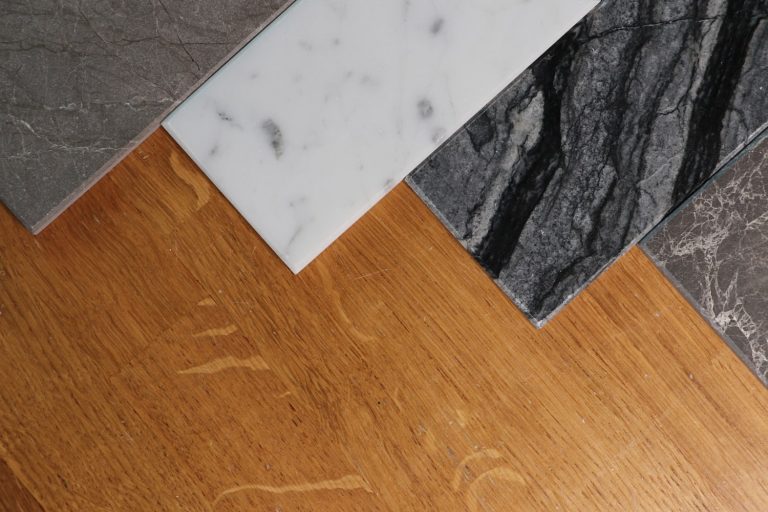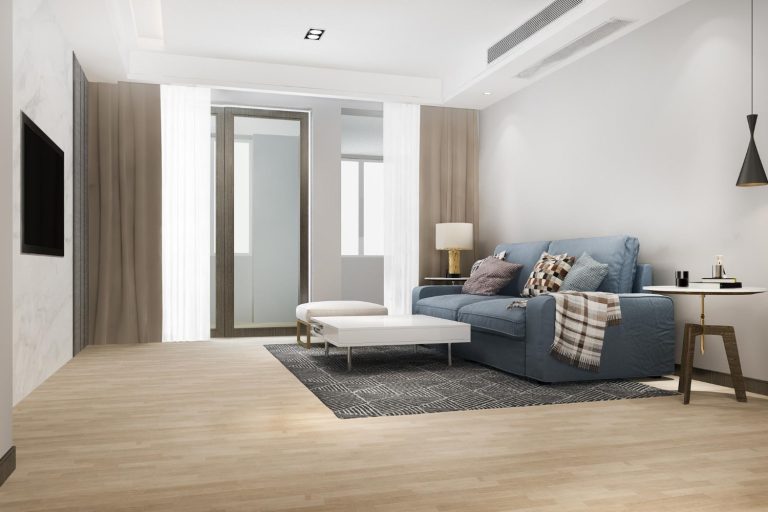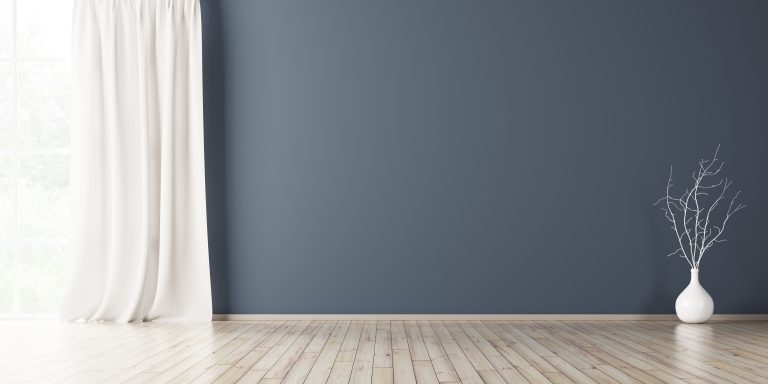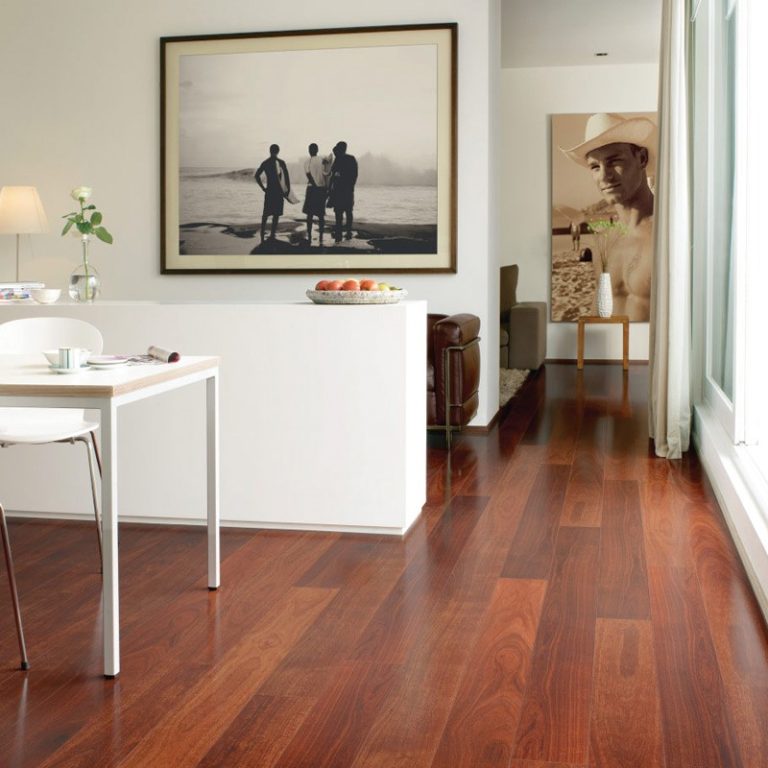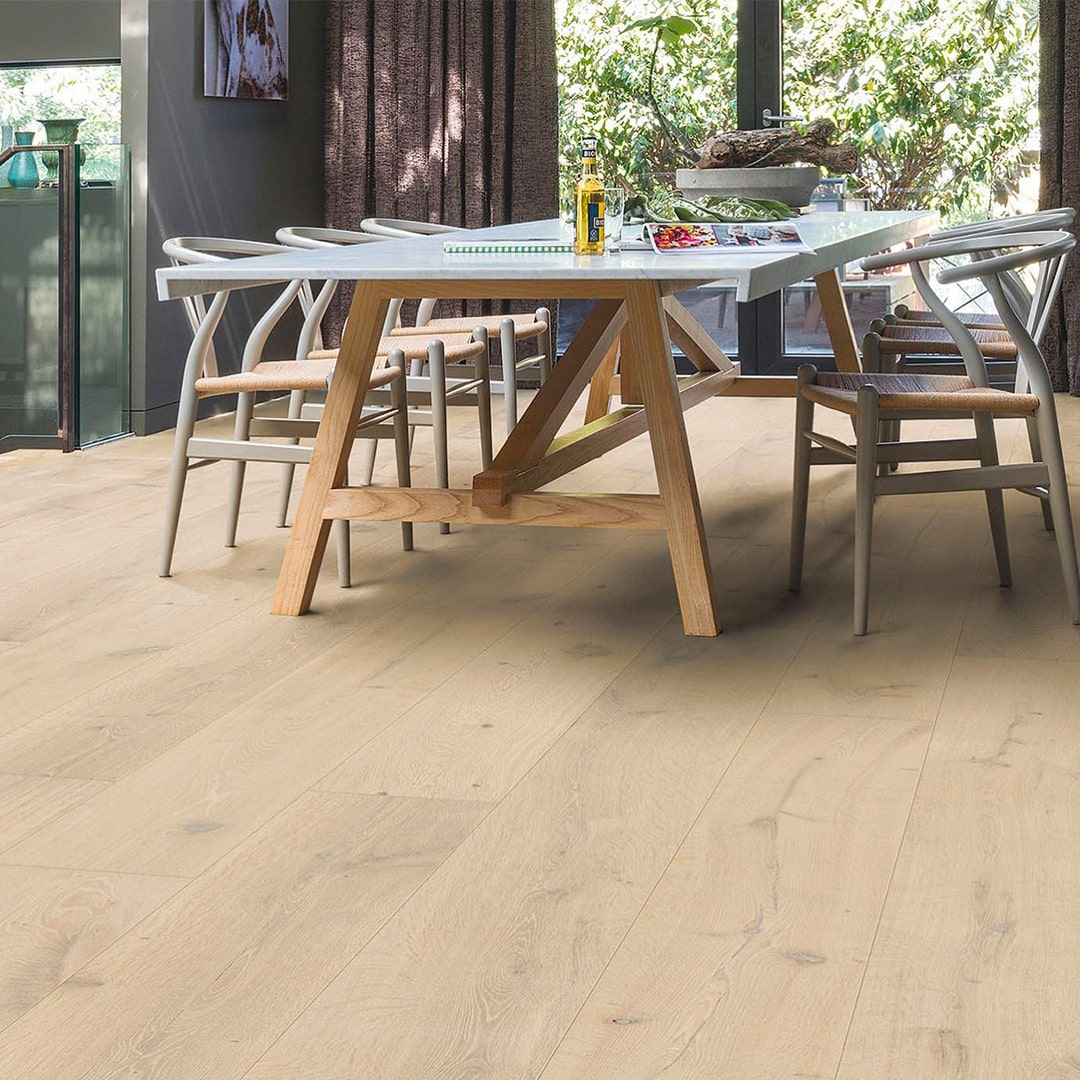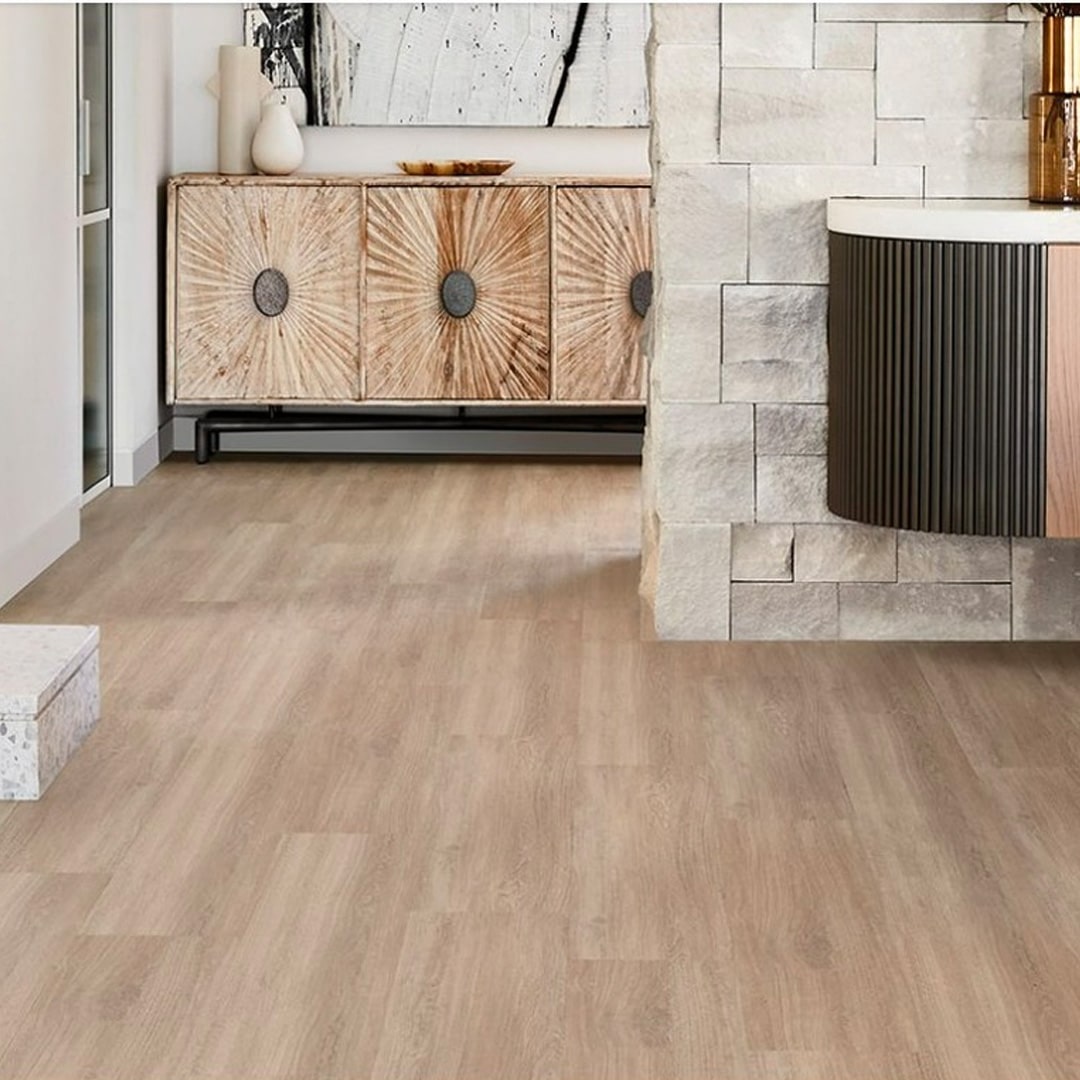How to Heroically Rescue Hardwood Floors with Water Damage
Water damage to your hardwood floor won’t happen as the result of a heavy rainstorm or flood. Instead, most warped hardwood floors are the result of excessive indoor moisture, unseen puddles of water, and misbehaving appliances. The Causes of Hardwood Floors with Water Damage Wood floors can be exposed to water in a number of out-of-the-box ways:
• Spilled cups
• Overfilling indoor plants
• Pet water bowls
• Open windows and doors
• Plumbing issues
• Pet stains
• Moisture seeping up from the sub-floor
If your Hardwood Floor Has Recently Been Exposed to Water Now that you know the cause of your warped planks, it’s time to take action and fix the problem! Follow these easy steps to assess the damage and begin repairing the affected areas.
1) Find the Impacted Areas
Start fixing your water-damaged floor by determining which areas have been affected. If there is any excess moisture still sitting in those areas, wipe it up quickly before proceeding to step 2.
2) Decide if Professional Help Is Needed
If your floor has been exposed to a large amount of water for over 2 hours, it’s best to call a professional to have it treated. Floors that have only sustained a small amount of water damage can be treated or patched without the help of a professional. Depending on the severity of the water damage, you may need to pull out a few planks to help the sub-floor air out. Start your at-home treatment process by airing out your home and laying dry rags over the damaged area, then remove a few planks to reach the subfloor. Once those few planks are extracted, point fans at the floor to dry out any remaining moisture. If your Hardwood Floor Has Been Exposed to Moisture Over Time
On this Easter day we are replacing some water damage #hardwood floor!
Committed or #ineedalife ? pic.twitter.com/7Sna6VT9SN — Ekhologix (@Ekhologix) March 27, 2016
When moisture seeps into a hardwood floor over time without correction, the floor can become stained, buckled, or rotted. Step 1: Assess the extent of damage Before you can pick a plan of attack, you need to determine how heavily damaged your hardwood floors are. If one section of flooring is more damaged than another, take some time to consider whether installing a new floor will be more worth your effort.
Step 2: Begin Repairing Damaged Planks
Depending on the type of damage your hardwood floor has undergone, you’ll need to prepare a specific plan of attack. Let’s take a look at how to address three of the most common problems: buckled, stained, and rotted boards. Removing Stains: If your hardwood floor has been stained, you’ll need to sand down the plank to remove the stain from the wood. BE AWARE: The deeper the stain sits in the hardwood, the further into the material you’ll have to sand. If the stain is extremely deep, it may be better to replace the board rather than refinish and re-stain it. Removing Buckled Boards: When floors buckle or cup, it’s not uncommon for them to raise slightly away from the sub-surface. If this is the case with your hardwood and the boards appear to be damaged beyond repair, you’ll need to have the boards removed either by a professional or by yourself and a few friends over a long weekend. After removing the hardwood, you’ll have a clean slate to install a brand-new wood floor. What to Do With Rotted Boards
#DryRot attacking the upper flooring timbers and spreading through the masonry. pic.twitter.com/AdgY12QooV — Tapco HomeDry (@TapcoHomedry) October 13, 2016
What’s worse than finding your hardwood floors have been warped or stained from water damage? Finding out that the water damaged has rotted your hardwood floor! Rotting floorboards pose a gigantic problem for home and property owners because when a rotted floor isn’t addressed quickly, the cellular structure of surrounding boards can be compromised. This can cause a rot problem throughout the rest of your floor! If your home is suffering from a rotted floor, use this repair guide to help you fix it! To really rescue your hardwood floors from significant water damage, you need to catch the leak or moisture problem before it has a chance to damage into the wood. Adding flooring accessories like underlays are one way to prevent moisture from the ground up, but we recommend speaking to your flooring professional before making any changes. If you have any questions about hardwood and moisture, contact our team today for answers.


